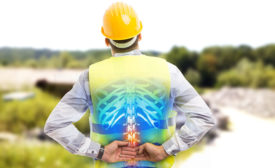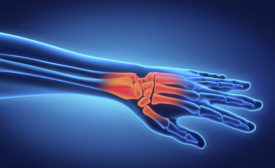Home » musculoskeletal disorders
Articles Tagged with ''musculoskeletal disorders''
How to avoid the “walking wounded”
Read More
A NIOSH Science Blog post
Reducing whole body vibration to improve the safety and health of bus drivers
October 27, 2016
Never miss the latest news and trends driving the safety industry
eNewsletter | Website | eMagazine
JOIN TODAYCopyright ©2024. All Rights Reserved BNP Media.
Design, CMS, Hosting & Web Development :: ePublishing







